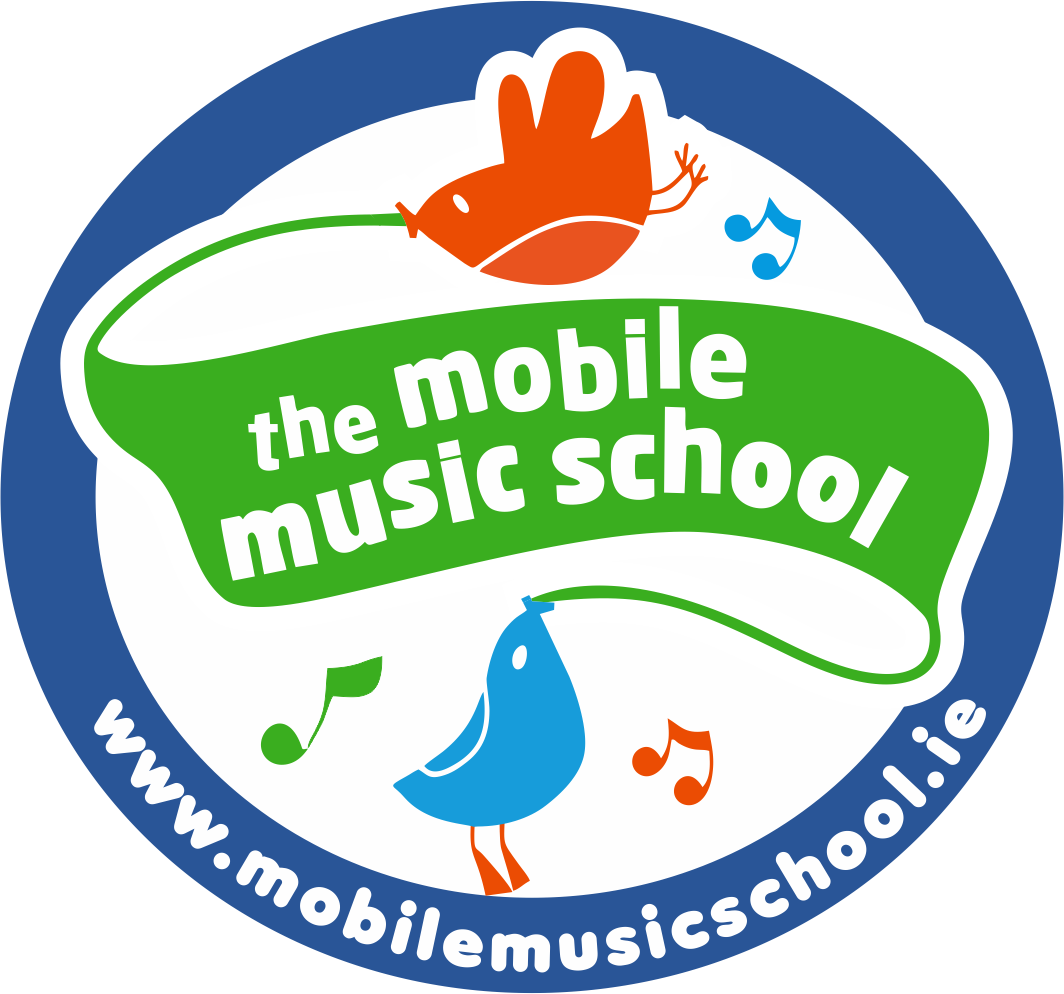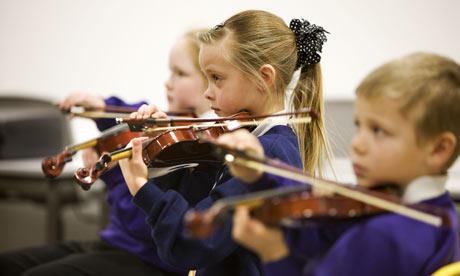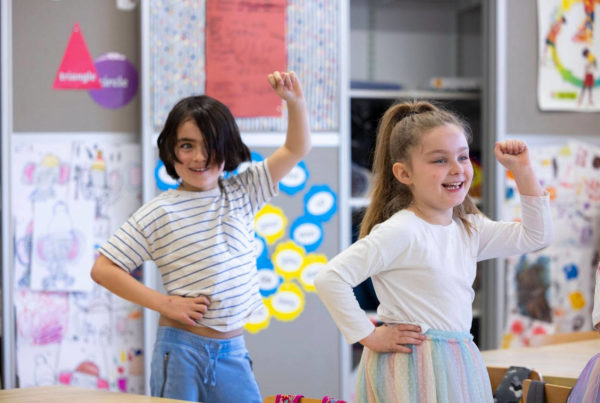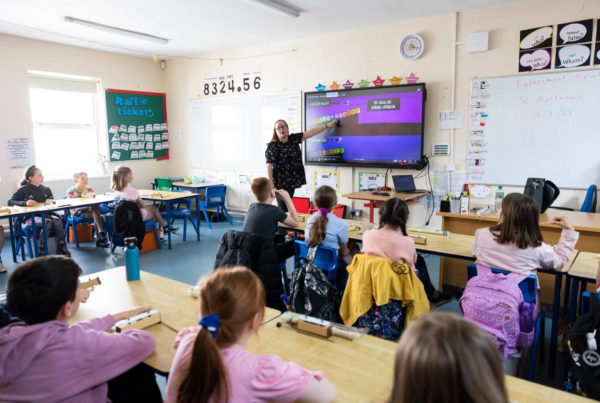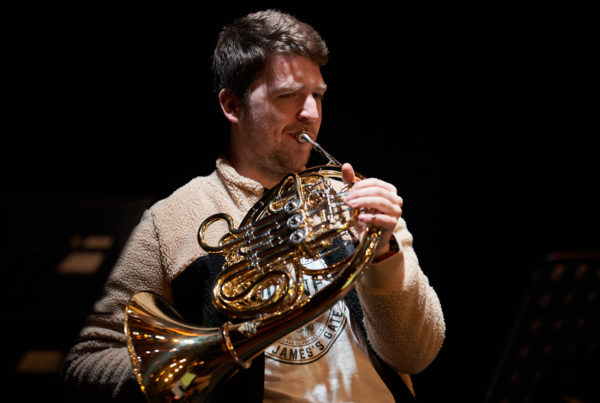In a previous post we gave an overview of the Irish Primary School Music Curriculum. In that blog we explained that the music curriculum contains strands and nine concepts. As we have already explained the three music strands – listening & responding, composing and performing in detail this post will focus on the musical elements that are contained in the curriculum.
What are the musical elements?
Musical elements are the musical skills you are trying to develop in every pupil.
What are the musical elements in the curriculum?
The musical elements in the curriculum include
Pulse
Pulse involves developing a sense of timing or a steady beat
Duration
This involves the children being able to identify between long and short sounds or notes
Tempo
Tempo is the musical word for speed. Here the children should be able to differentiate between varying speeds such as fast and slow
Pitch
Pitch relates to the frequency of a musical note. Some notes have a high pitch while others have a low pitch. It is important for children to be able to recognise the difference as their musical ear develops
Dynamics
Dynamic is the musical word for volume. The volume in music changes frequently. Developing an understanding and awareness of dynamics can be done in listening & responding activities and put into practice when performing or composing.
Structure
The structure relates to the form of a song or piece of music. Children need to develop an understanding for establishing whether the sections of a song or piece of music are the same or different.
Timbre
Timbre is another word for sound. Under this element pupils need to develop their awareness for tones and sounds.
Texture
Textures refers to many lines of music are being performed at the same time. Children need to become aware of what they are listening to. Are all of the musicians playing the same musical line? Or are they two or more musical lines being played at the same time?
Style
Style related to the type of music or genre of music. Over time pupils should be able to recognise and differentiate between different musical styles. This is one aspect of the musical curriculum that could be easily integrated with other subjects on the primary school curriculum.
To recap musical elements are the skills each pupils needs to develop. There is clearly lots going on above and many of you will find this overwhelming. Our approach at the Mobile Music School is to keep it simple. Here are some ideas that will help develop the elements above. Hopefully these ideas will make you realise that you do not need to reinvent the wheel to teach a fun, educational and successful music class.
Ideas for Your Music Class
Choose a song, any song and do the following
- Encourage the children to clap along in time to the song. This develops their sense of pulse.
- Listen to the song and ask the children if the verse and chorus sound the same. The answer to question will be no and in doing so their ability to recognise and differentiate between different parts of a song will develop meaning their understanding of structure will increase
- Get the children to comment on the dynamics or volume of the song. This will open their ears and make them aware of loud and quiet sounds
- Clap the rhythm of the song – this will improve their rhythmical ability whilst subconsciously develop their understanding of duration
If you find teaching classroom music a challenge and think that your school would benefit from a member of our team coming to your school to deliver our Learn & Explore music programme, contact the Mobile Music School to find out what we can do for you
